
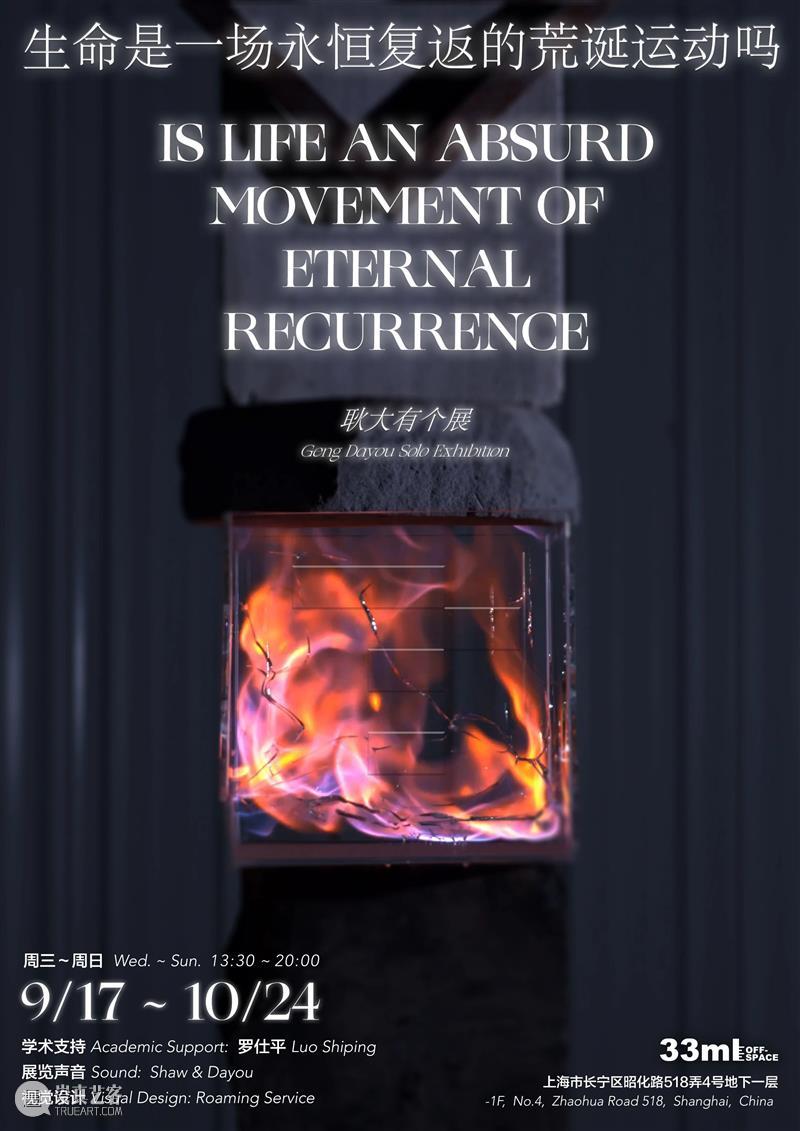
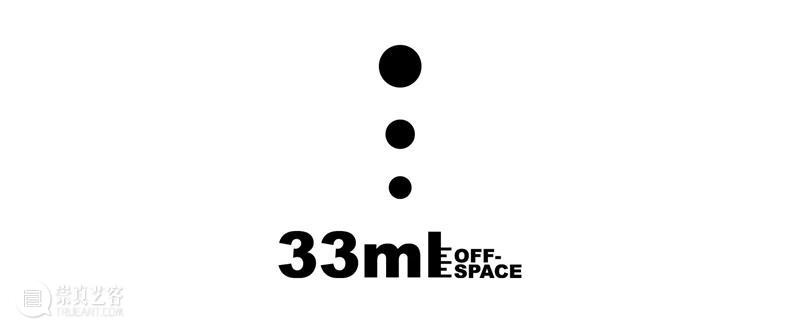
1888年,尼采在《敌基督者》中声称,现代人在摆脱传统文明羁绊之后,正变成一颗颗有用的“螺丝钉(Rad)”,一架架“聪明的机器(intelligente Maschinen)”。现代性的荒诞,体现在日复一日的劳作与生活之中,每个人看似有细微差别,其实都一步步沦为精神萎靡的“平庸者”(der Mittelmässigen)。尼采为此在《查拉图斯特拉如是说》中,就已提出一种名为“永恒复返”(die ewige Wiederkunft)的解决方案,即,将生命的每个当下,理解为过去与将来交织碰撞的瞬间(Augenblick),并通过创造而抵抗平庸、重获意义。
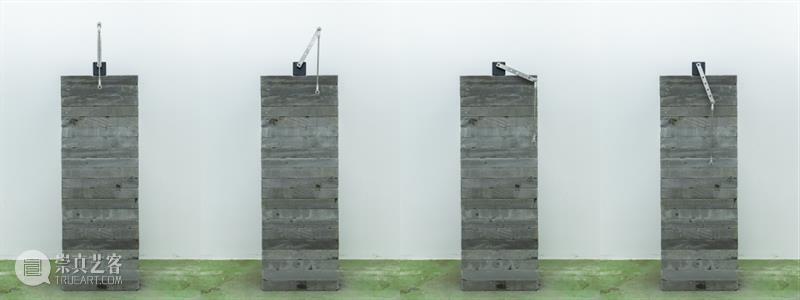
在本次展览中,耿大有尝试对“永恒复返”这一命题作出一系列回应。他受东西方哲学、神话等影响,且长期留心于现实社会观察,在此试图调动起与之相关的多重媒介或次级主题。同时,他借用瓦格纳的整体艺术 (Gesamtkunstwerk) 理念,在策展中让各类表演装置、空间装置、双频影像、摄影喷绘、书籍出版物以及声音艺术等同时在场;并化用后戏剧剧场的形式,使之共同合奏出“永恒复返”的哲思。
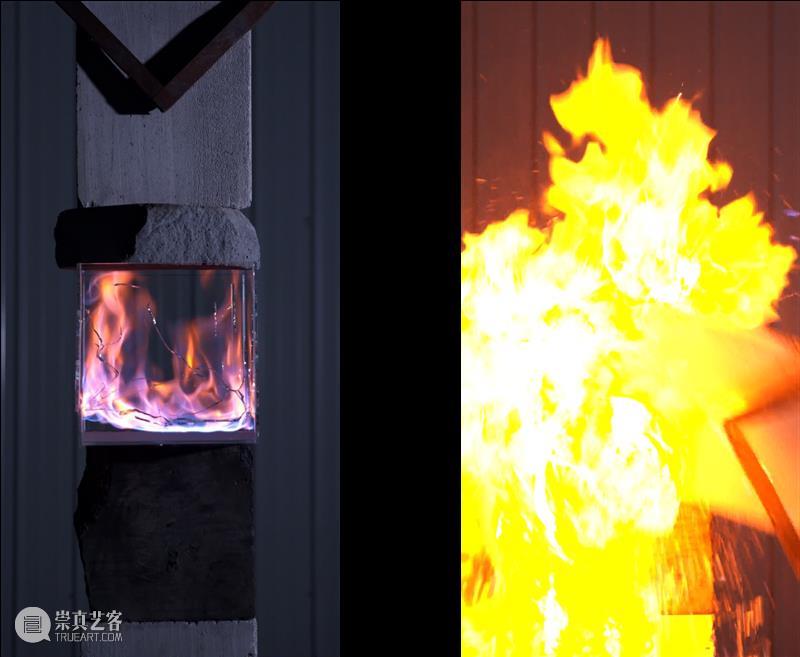
早在雅思贝尔斯笔下的轴心文明时期,人类即开始以“地、水、火、风” 四大、“金、水、木、火、土” 五行等基本构架,探索世界本源;在当代艺术的历程中,德国艺术家安瑟尔·基弗又以“火、水、气、土、空” 五大元素,去诠释后期海德格尔第一核心词—本有(Ereignis)。在本系列作品之中也频繁出现自然元素的身影,如木料、火焰、风力、光源、金属机械与砖块。
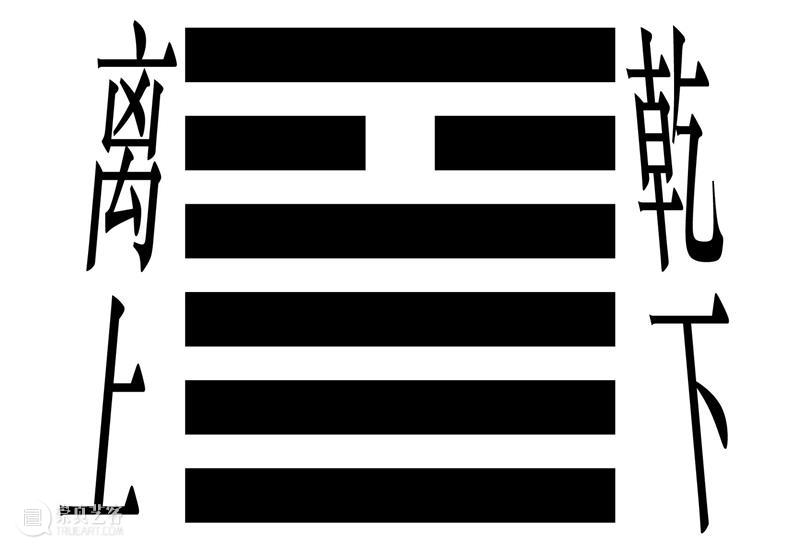
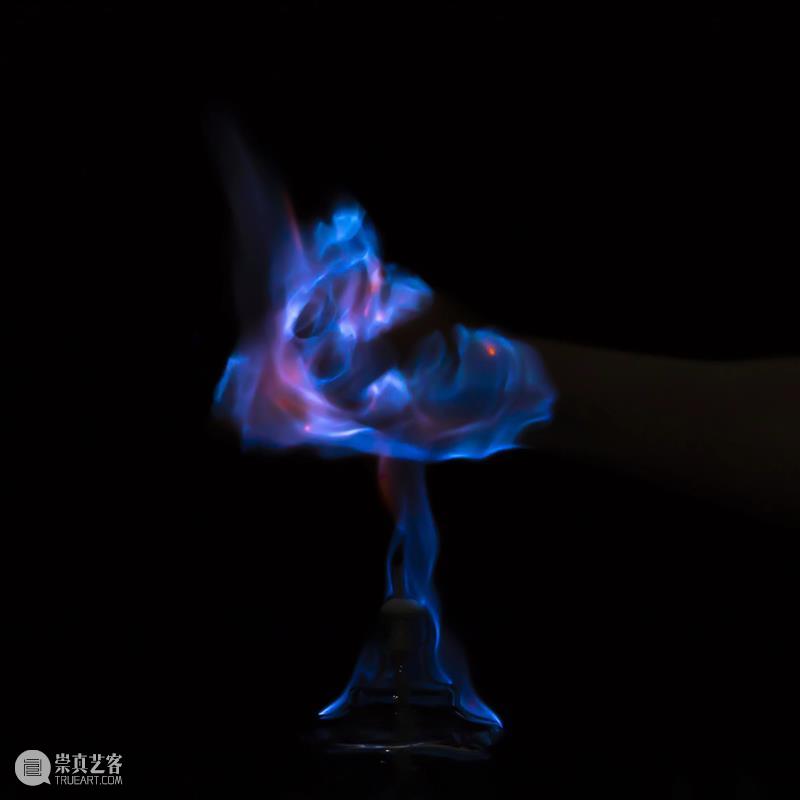
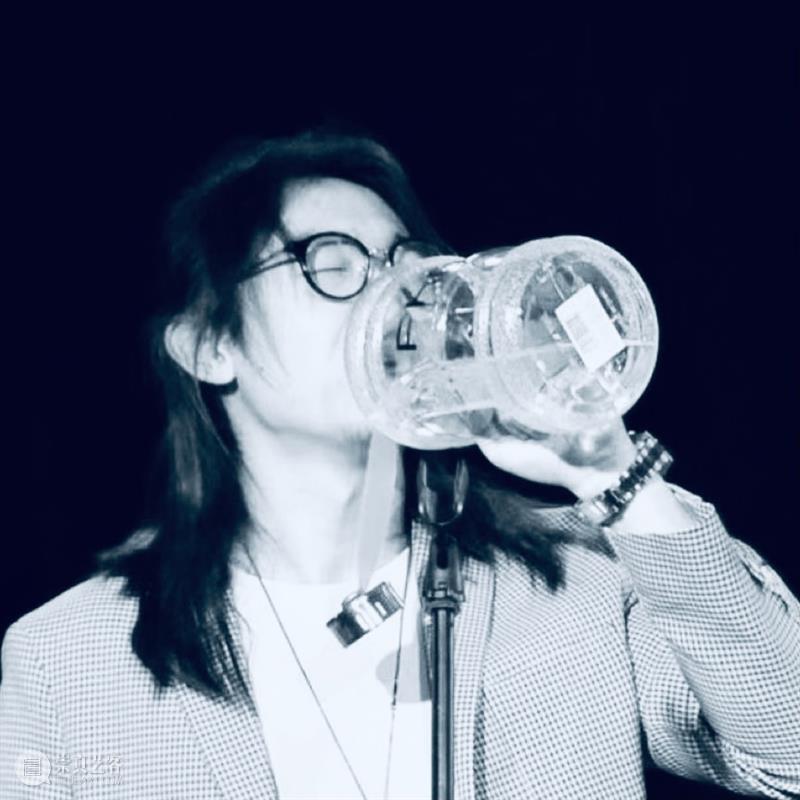
耿大有生于1998年,伦敦国王学院心理学学士,苏富比艺术学院当代艺术硕士。艺术家,业余策展人与撰稿人,现工作生活于上海。
耿大有深受东西方哲学、心理学与神秘学影响。媒介涉及装置、行为、移动影像、印刷物、剧场与电子游戏等。无论媒介,他的作品都可以被理解为一场场诗意而幽默的表演,通过解构与重构现成品与自然材料,从抽象的剧场景观中再现残酷荒诞的生命悲剧性。
Geng Dayou, born in 1998. He has a bachelor's degree in psychology from King's College London and a master's degree in contemporary art from Sotheby's Institute of Art. Artist, amature contemporary art writer and curator. He is currently working and living in Shanghai.
Geng Dayou is deeply influenced by Eastern and Western philosophy, psychology and mysticism. His works involve mediums such as installation, performance, moving image, print, theatre, video games etc. Regardless of the medium, his works can all be understood as a series of poetic and humorous performances., through the deconstruction and reconstruction of ready-made and natural materials, to reproduce the cruel and absurd tragedy of life from the abstract theatrical landscape.
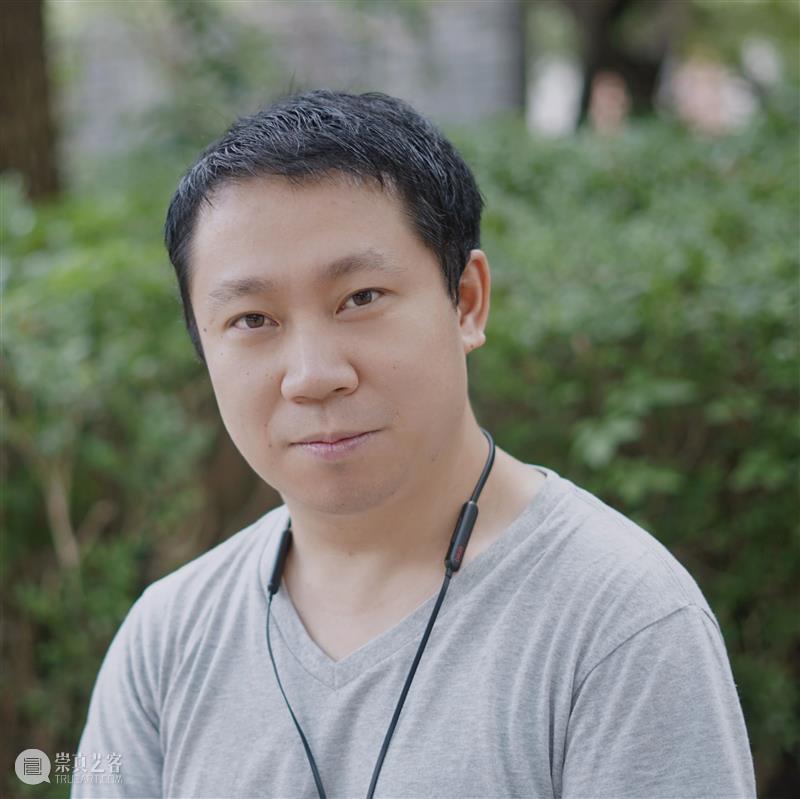
同济大学艺术哲学博士在读,硕士方向宗教学,研究领域主要涉及中国佛学、德国现代哲学、德国当代艺术等。
PhD in Art Philosophy at Tongji University. Master‘s degree in Buddhism. His research mainly involves Chinese Buddhism, German modern philosophy, German contemporary art etc.
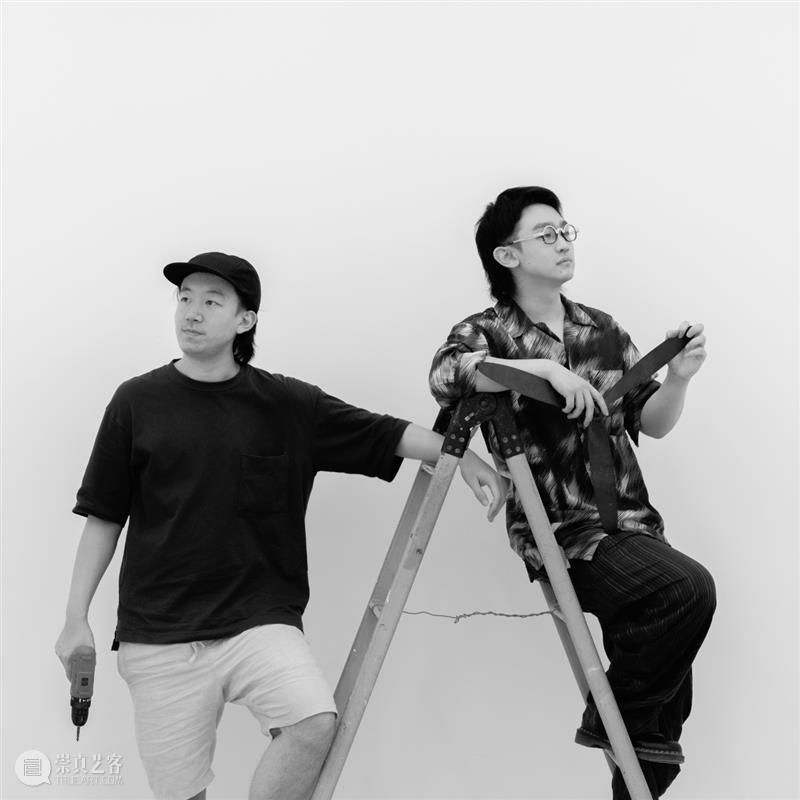
Shaw: 爵士吉他手、爵士乐调研学者、作曲人、编曲人、教育者,爵士吉他演奏与音乐制作专业双硕士
Dayou: 艺术家,业余策展人与撰稿人,现工作生活于上海。
Shaw: Chinese jazz guitarist/composer/producer and jazz researcher. Double M.A. in Jazz Guitar and Music Production.
Dayou: Artist, amature contemporary art writer and curator.
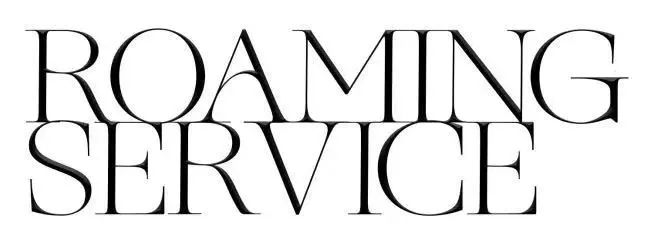
Roaming Service 是base于上海的新媒体studio,我们提供平面视觉设计、商业形象设计、艺术&商业展览策划,影像拍摄与制作,时尚制片等多领域、跨学科的艺术项目。通过实验和组合不同的艺术媒介,探索艺术和商业项目之间多维的美学可能性。
Roaming service is a new media studio based in Shanghai. We provide graphic visual design, commercial image design, art and commercial exhibition planning, video shooting and production, fashion film and other multi-disciplinary and interdisciplinary art projects. Through experimenting and combining different arts, we dedicate to exploring the new possibilities between art and commercial projects.

In 1888, Nietzsche wrote in The Antichrist (Der Antichrist) that modern people have been reduced to useful "screws" (Rad) and "Intelligent Machines" (intelligente Maschinen). The absurdity of modernity is reflected in day-to-day labour and life, everyone seems to have nuance, but they are gradually made "Mediocre" (der Mittelmässigen) with apathy. In Thus Spoke Zarathustra (Also sprach Zarathustra), he had proposed a solution called "Eternal Recurrence" (die ewige Wiederkunft). That is: understand each moment of life as the moment of collision between the past and the future (Augenblick), and overcome mediocrity and regain meaning through creation.
In this exhibition, Geng Dayou attempts to make a series of responses to the proposition of "eternal recurrence". He is deeply influenced by Eastern and Western philosophies and myths and has been committed to social observation on a long-term basis. He tries to mobilise multiple media or sub-themes related to it. At the same time, he borrowed Richard Wagner's concept of total art (Gesamtkunstwerk) to have various mediums such as performance installations, space installations, moving images, giclée, print and sound present at the same time during the curatorial practice; by using the form of post-dramatic theatre, mediums can ensemble the philosophy of "Eternal Recurrence" together.
As early as the Axis Civilisation period described by Karl Theodor Jaspers, mankind began to explore the origin of the world based on the four classical elements of "earth, water, fire, and air" and the five phases (五行)of "metal, water, wood, fire, and earth". In the course of contemporary art, German artist Anselm Kiefer used the five elements of "fire, water, earth, air and void" to interpret the first core word of late-period Heidegger -Ereignis. Natural elements such as wood, fire, air, light, metal, and bricks frequently appear in this series of works. In particular, Geng Dayou is more enthusiastic about the use of fire in his creative practice. Perhaps it is related to the "Fire Heaven DaYou" hexagram "(火天大有卦) from "The Book of Changes" (易经). Fire in the “Eight Trigrams”(八卦)is represented by the Li hexagram (离). The original meaning of this hexagram is “Burning”, but it can also mean “Light” and “Civilisation”; when combined with Qian hexagram(乾), it is called " Dayou"(Possession in Great Measure /大有).To burn, fire requires wood as a cause and wind as a prerequisite. It can be burned to turn into metal, and after burning, it becomes soil; and the fire itself also echoes the rich fire origin of the ancient Greek philosopher Heraclitus.
In the end, Geng Dayou seems to directly adopt the theme of "Eternal Recurrence", but he is not trying to retell Nietzsche's original intentions in his works. Rather than trying to explain Nietzsche, this exhibition is rather a vague opportunity to create an "eternal recurrence" in the absurd ruins of technology and capital and invite viewers to participate together to complete the work itself with an open attitude.
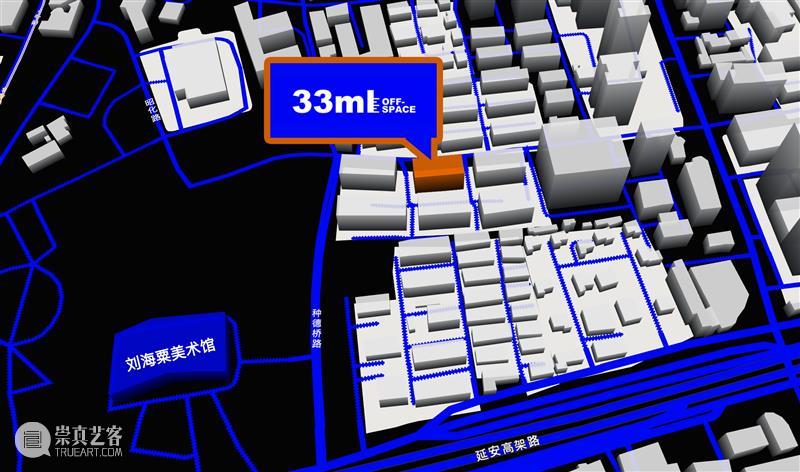


已展示全部
更多功能等你开启...





 分享
分享